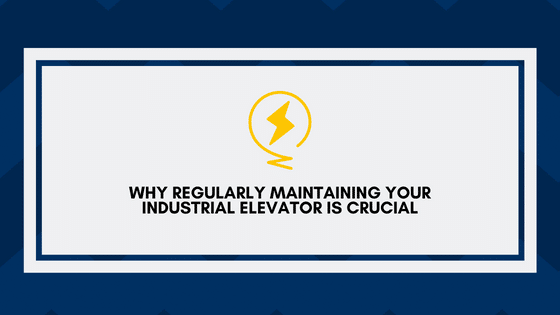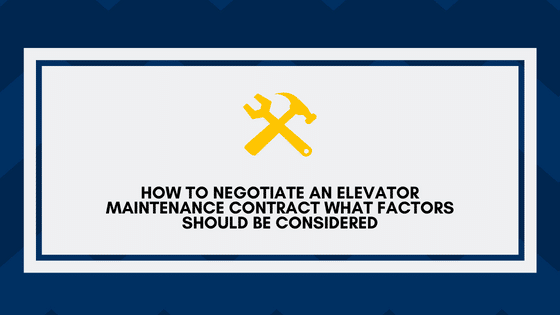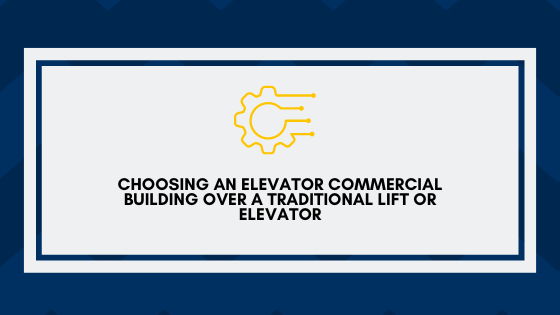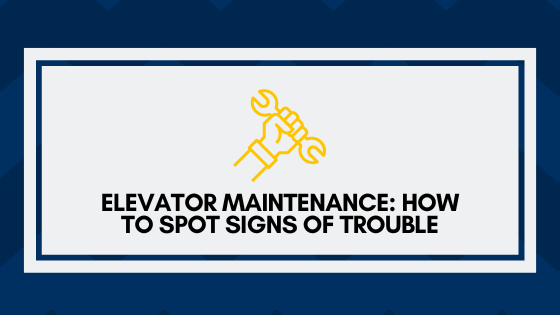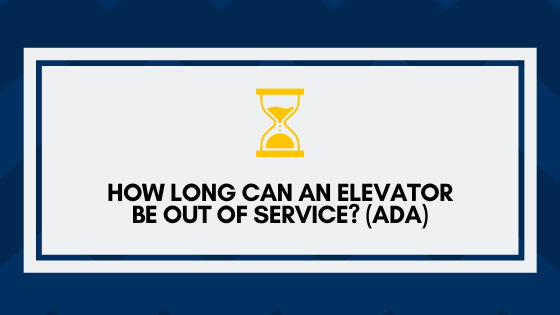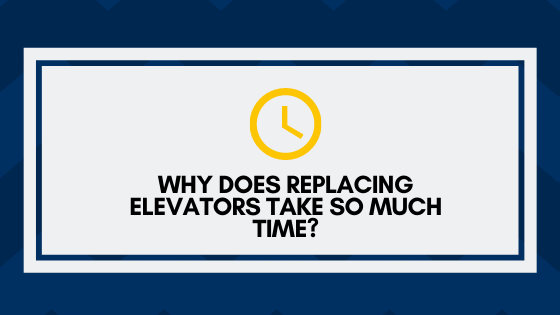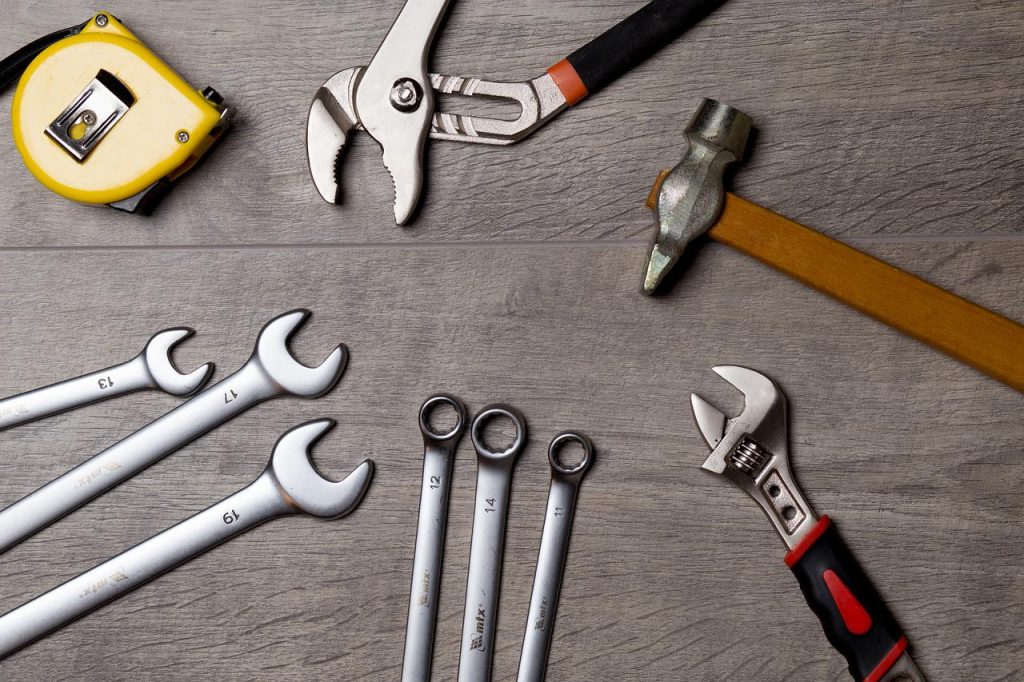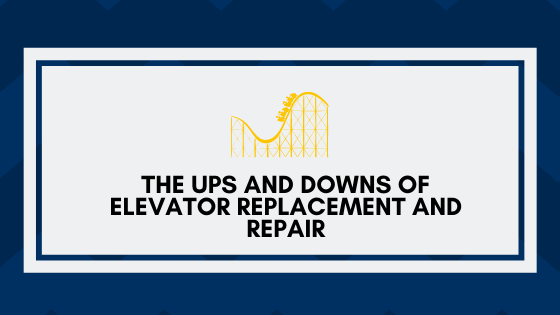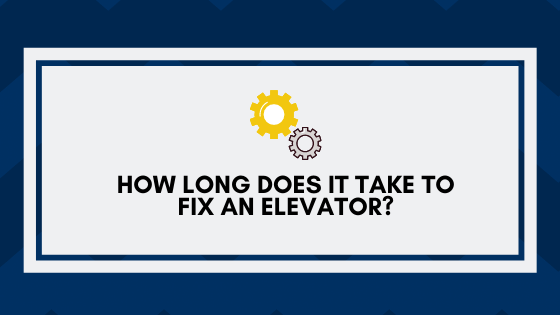In this blog post, we’ll discuss why it’s so important to maintain your industrial elevator and what can happen if you don’t. We’ll also provide some tips on how to find a reputable industrial elevator maintenance company.

Maintaining your industrial elevator is a crucial part of keeping your business running smoothly. If you don’t have regular maintenance checks performed, there’s a good chance that something will go wrong with the elevator and it will stop working – which could cause major disruptions to your business.
In this blog post, we’ll discuss why it’s so important to maintain your industrial elevator and what can happen if you don’t. We’ll also provide some tips on how to find a reputable industrial elevator maintenance company.

So, why is elevator maintenance so important? There are a few key reasons:
Safety: First and foremost, regular maintenance checks help to ensure that your elevator is safe. If there are any safety hazards or potential problems with the elevator, they will be caught during these checks and can be fixed before anyone gets hurt.
Reliability: A well-maintained elevator is much more likely to be reliable than one that isn’t. This means that you’re less likely to experience unexpected downtime due to an elevator malfunction.
Cost savings: Regular maintenance can save you money in the long run. By catching small problems early on, you can avoid having to pay for major repairs down the line. Additionally, a reliable elevator or lift will ensure that your business can run smoothly, which can help to improve your bottom line.
Now that you know why elevator maintenance is so important, you might be wondering how to go about finding a reputable company to perform these checks. Here are a few things to look for:
Industry experience: It’s important to find an elevator maintenance company that has extensive experience working with industrial elevators. This way, you can be confident that they have the knowledge and skills necessary to properly maintain your equipment.
Reputation: Take some time to read online reviews of different elevator maintenance companies. This will give you a good idea of what others have thought of their experiences working with each company.
Certifications: Make sure that any elevator maintenance company you’re considering is properly certified. This will ensure that they have the necessary training and qualifications to do the job right.

Make sure that any elevator maintenance company you’re considering is properly certified.
By following these tips, you can be sure that you find a reputable company to perform regular maintenance checks on your industrial elevator. Doing so will help to keep your elevator safe, reliable, and cost-effective – which are all crucial components of running a successful business.
If you own or operate a business that uses an industrial elevator, then you know how important it is to keep that elevator well-maintained. After all, your elevator is a crucial part of your operation, and if it isn’t functioning properly, it can cause major disruptions to your business. In this blog post, we’ll discuss why elevator maintenance is so important and provide some tips on how to find a reputable company to perform those checks.
As we mentioned before, safety is the number one reason why elevator maintenance is so important. If there are any safety hazards or potential problems with the elevator, they will be caught during these checks and can be fixed before anyone gets hurt. Additionally, regular maintenance checks help.

Elevators need lubrication in various areas in order to function correctly.
Elevators need lubrication in various areas in order to function correctly. The elevator pit, for example, needs to be lubricated to prevent the elevator from becoming stuck. If the elevator doesn’t have regular maintenance checks performed, there’s a good chance that something will go wrong with the elevator and it will stop working – which could cause major disruptions to your business.
Another reason why elevator maintenance is so important is that it can save you money in the long run. By catching small problems early on, you can avoid having to pay for major repairs down the line. Additionally, a reliable elevator or lift will ensure that your business can run smoothly, which can help to improve your bottom line.
So, now that you know why elevator maintenance is so important, you might be wondering how to go about finding a reputable company to perform these checks. Here are a few things to look for:
Elevator companies with good reviews and that have been in business for a while are usually good bets. You can also ask around to see if anyone you know has had any experience with a particular company – word of mouth is often a great way to find out about elevator companies.

Make sure that the company you’re considering is properly certified.
Make sure that the company you’re considering is properly certified and has the necessary training to perform maintenance checks on industrial elevators. This will ensure that they know what they’re doing and won’t cause any damage to your equipment.
Finally, remember that cost should not be the only factor you consider when choosing an elevator maintenance company. Yes, you want to save money, but it’s also important to make sure that you find a company that will do a good job and keeps your elevator running smoothly.
Elevator employees that are rude or seem uninterested in their job are also not the best option.
By following these tips, you can be sure that you find a reputable company to perform regular maintenance checks on your industrial elevator. Doing so will help to keep your elevator safe, reliable, and cost-effective – which are all crucial components of running a successful business.
The length of time the company has been in business, the quality of its reviews, and whether it is properly certified are important factors to consider when choosing an elevator maintenance company. Additionally, be sure to keep cost in mind without sacrificing quality or safety. Regular elevator maintenance is crucial to ensuring that your business runs smoothly.
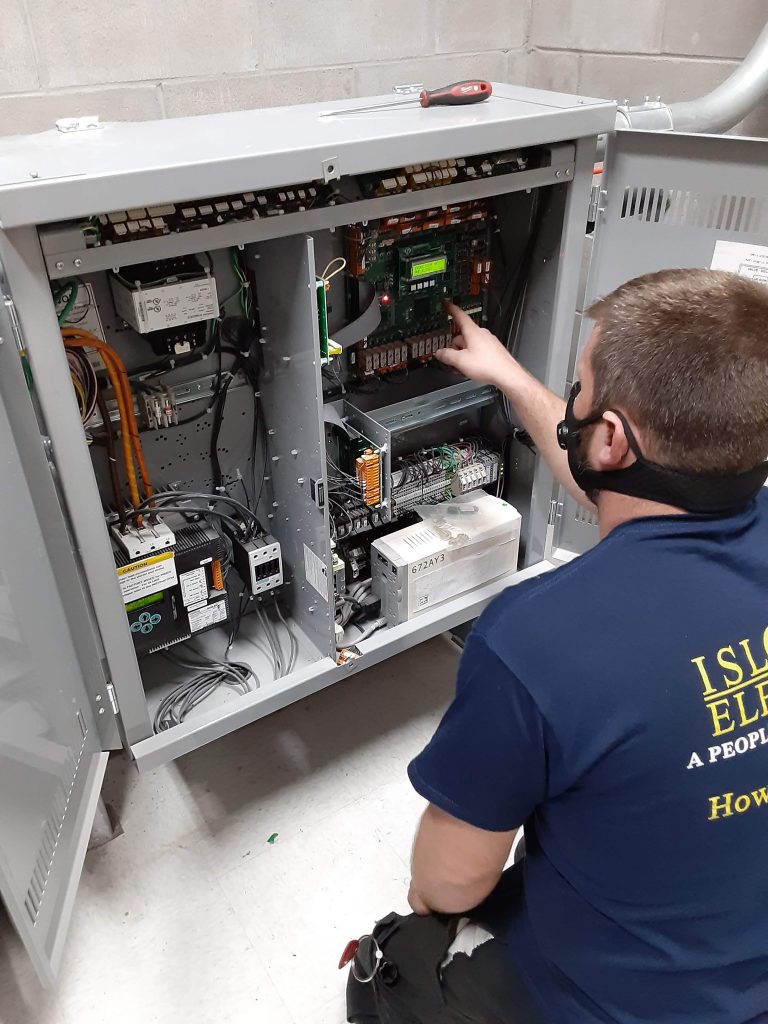
Ask for a portfolio of projects the elevator company has worked on in the past.
A portfolio of projects the elevator company has worked on in the past, as well as client testimonials, can give you a good idea of what to expect from their services.
When considering an elevator maintenance company, be sure to ask around for recommendations and read reviews carefully. Portfolios of past projects and client testimonials can also help make your decision. Ultimately, remember that cost should not be the only factor considered – quality and safety are also important. Regular elevator maintenance is crucial to keeping your business running smoothly.
Don’t forget to schedule regular maintenance checks for your industrial elevator – it’s crucial for the safety of your employees and customers, and can save you money in the long run. With these tips in mind, finding a reputable company to perform these checks should be a breeze.

Did you know that regularly maintaining your industrial elevator is crucial?
It’s true – and there are several reasons why. First of all, regular maintenance will help to prevent problems with the elevator, such as it becoming stuck. If the elevator doesn’t have regular maintenance checks performed, there’s a good chance that something will go wrong with the elevator and it will stop working – which could cause major disruptions to your business.
Another reason why elevator maintenance is so important is that it can actually save you money in the long run. By catching small problems early on, you can avoid having to pay for major repairs down the line. Additionally, a reliable elevator or lift will ensure that your business is able to run smoothly – which can save you time and money.
So, what should you look for when choosing an elevator maintenance company? First of all, it’s important to find a company that has good reviews and is properly certified. You’ll also want to make sure that the employees are friendly and seem interested in their jobs. And finally, remember to keep cost in mind without sacrificing quality or safety. Regular elevator maintenance is crucial to ensuring that your business runs smoothly – so don’t forget to schedule those checks!

What are the benefits of regular elevator maintenance?
- Prevents problems with the elevator, such as it becoming stuck
- Catches small problems early on, which can avoid major repairs later
- Ensures that your business can run smoothly
- Can save you time and money in the long run
If you’re not already maintaining your industrial elevator regularly, why not start today? It’s crucial for the safety of your employees and customers and can save you money down the line. With these tips in mind, finding a reputable company to perform these checks should be a breeze.
By following these tips, you can be sure to find a reputable company that will perform regular maintenance checks on your industrial elevator. Doing so will help keep your elevator safe, reliable, and cost-effective – all crucial components of running a successful business.

Island Elevator is Ready to Help!
Island Elevator is here to help you understand all facets of your Elevator Repair, Maintenance, & Modernization costs in the new year. Our team is here to help ensure your home and business vertical transportation equipment receive the regularly scheduled maintenance necessary to help you avoid a major catastrophe, reduce the possibility of a costly repair, and ensure the safety of your passengers, tenants, and family.

